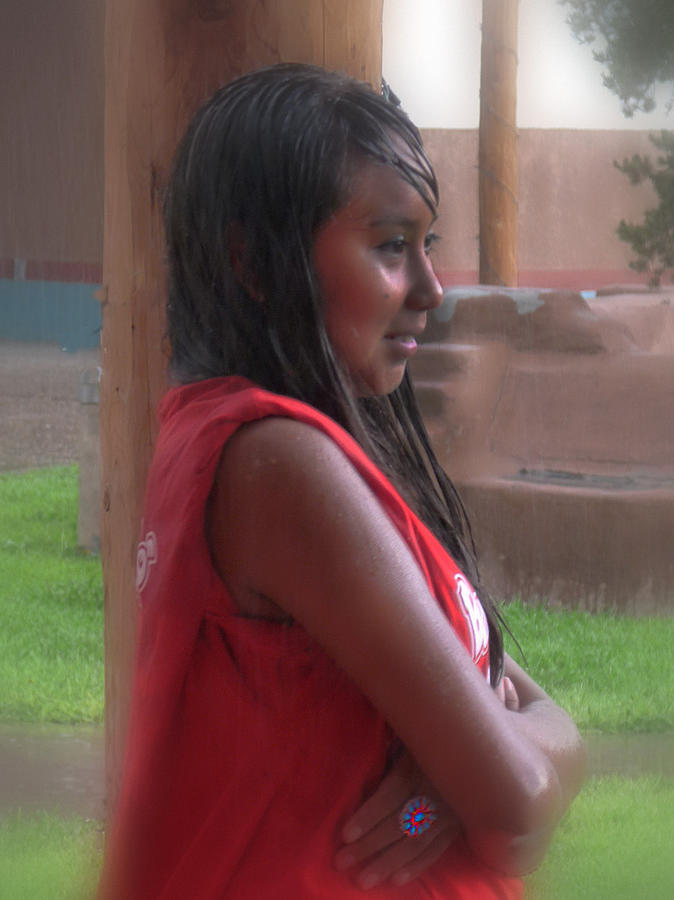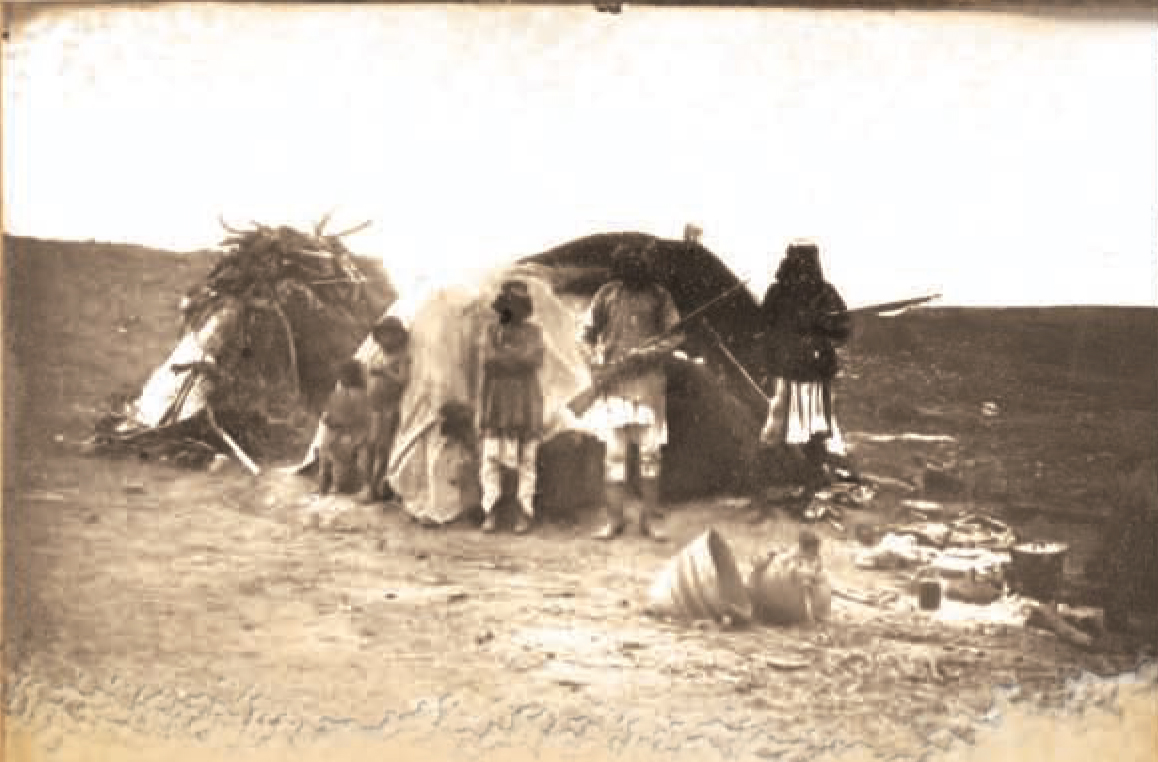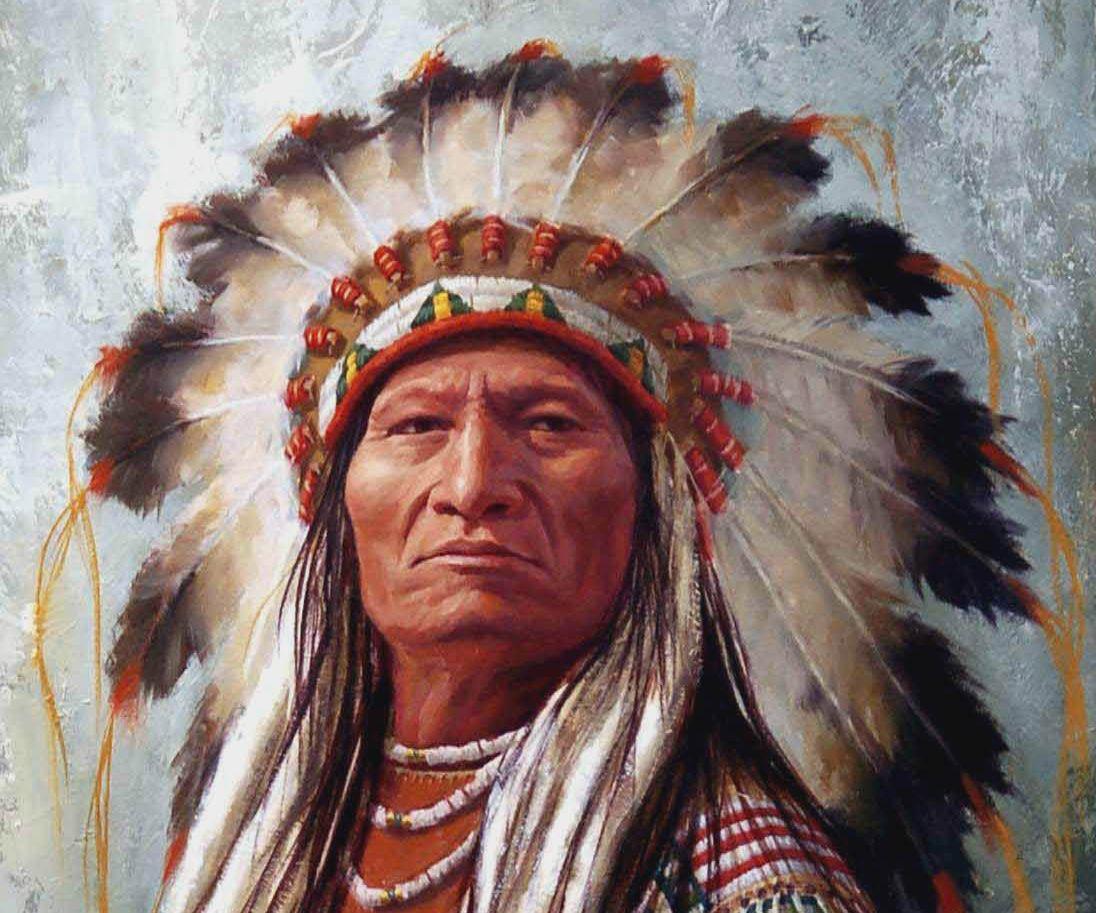
The term Apachean includes the related Navajo people. In early 20th century Parisian society, the word Apache was adopted into French, essentially meaning an outlaw. The fame of the tribes' tenacity and fighting skills, probably bolstered by dime novels, was widely known among Europeans. A less likely origin may be from Spanish mapache, meaning "raccoon". The Zuni and Yavapai sources are less certain because Oñate used the term before he had encountered any Zuni or Yavapai.

Īnother theory suggests the term comes from Yavapai ʔpačə meaning "enemy". paču meaning "Navajos" (the plural of paču "Navajo").The most widely accepted origin theory suggests Apache was borrowed and transliterated from the Zuni word ʔa The first known written record in Spanish is by Juan de Oñate in 1598. Distant cousins and a subgroup of the Apache, generally, are the Navajo peoples who in their own language refer to themselves as the Diné. Indigenous lineages who also speak the language that was handed down to them would also refer to themselves and their people in that language's term Indé meaning 'person' or 'people'. Modern Apache people maintain use of the Spanish term to describe themselves and tribal functions, and the name is also employed by the US government. The ultimate origin is uncertain and lost to Spanish history. By the 1640s, they applied the term to southern Athabaskan peoples from the Chama on the east to the San Juan on the west.

The Spanish first used the term Apachu de Nabajo (Navajo) in the 1620s, referring to people in the Chama region east of the San Juan River. The people who are known today as Apache were first encountered by the conquistadors of the Spanish crown, and thus the term Apache has its roots in the Spanish language. The Plains Apache are located in Oklahoma, headquartered around Anadarko, and are federally recognized as the Apache Tribe of Oklahoma. The other Chiricahua are enrolled in the Fort Sill Apache Tribe of Oklahoma, headquartered in Apache, Oklahoma. The majority moved to the Mescalero Reservation and form, with the larger Mescalero political group, the Mescalero Apache Tribe of the Mescalero Apache Reservation, along with the Lipan Apache. The Chiricahua were divided into two groups after they were released from being prisoners of war. The Western Apache reservations include the Fort Apache Indian Reservation, San Carlos Apache Indian Reservation, Yavapai-Apache Nation and Tonto-Apache Reservation. The Western Apache, located in Arizona, is divided into several reservations, which crosscut cultural divisions. The Jicarilla are headquartered in Dulce, New Mexico, while the Mescalero are headquartered in Mescalero, New Mexico.

The following Apache tribes are federally recognized: Present-day primary locations of Apachean peoples (scale and colors as above) Army found the Apache to be fierce warriors and skillful strategists. In 19th-century confrontations during the American-Indian wars, the U.S.

The first Apache raids on Sonora appear to have taken place during the late 17th century. The Apache tribes fought the invading Spanish and Mexican peoples for centuries. These areas are collectively known as Apacheria. Historically, the Apache homelands have consisted of high mountains, sheltered and watered valleys, deep canyons, deserts, and the southern Great Plains, including areas in what is now Eastern Arizona, Northern Mexico ( Sonora and Chihuahua) and New Mexico, West Texas, and Southern Colorado. The Apache Nations are politically autonomous, speak several different languages, and have distinct cultures. Apache people have moved throughout the United States and elsewhere, including urban centers. There are Apache communities in Oklahoma and Texas, and reservations in Arizona and New Mexico. Distant cousins of the Apache are the Navajo, with whom they share the Southern Athabaskan languages. The Apache ( / ə ˈ p æ tʃ i/) are a group of culturally related Native American tribes in the Southwestern United States, which include the Chiricahua, Jicarilla, Lipan, Mescalero, Mimbreño, Ndendahe (Bedonkohe or Mogollon and Nednhi or Carrizaleño and Janero), Salinero, Plains (Kataka or Semat or " Kiowa-Apache") and Western Apache ( Aravaipa, Pinaleño, Coyotero, Tonto). Native American Church, Christianity, traditional tribal religion Southwest United States ( Arizona, New Mexico, Colorado, Texas, Oklahoma) and Northeast Mexico ( Coahuila, and Tamaulipas)Īpache, Jicarilla, Plains Apache, Lipan Apache, Mescalero-Chiricahua, Western Apache, English, and Spanish


 0 kommentar(er)
0 kommentar(er)
